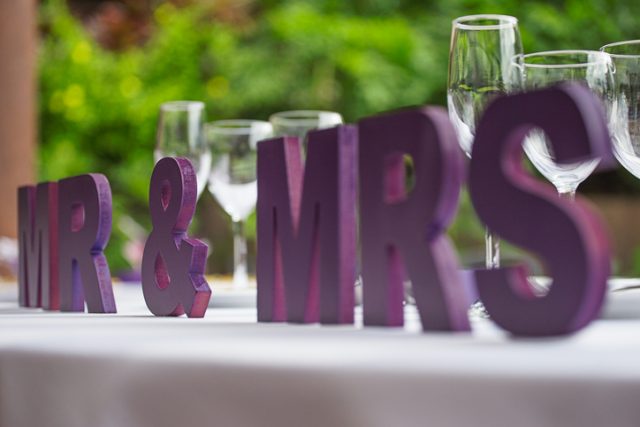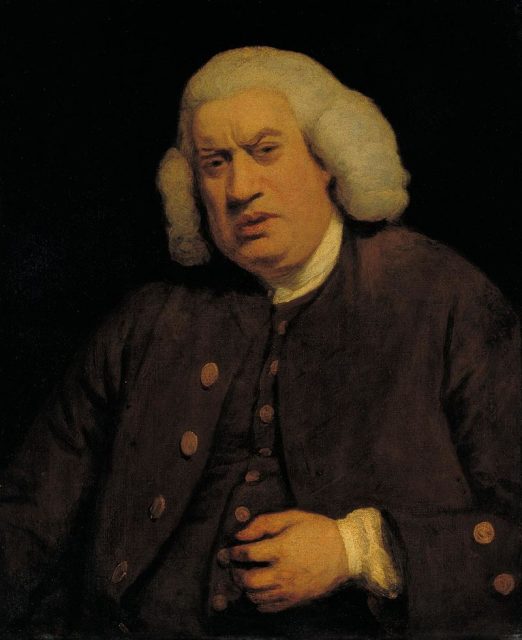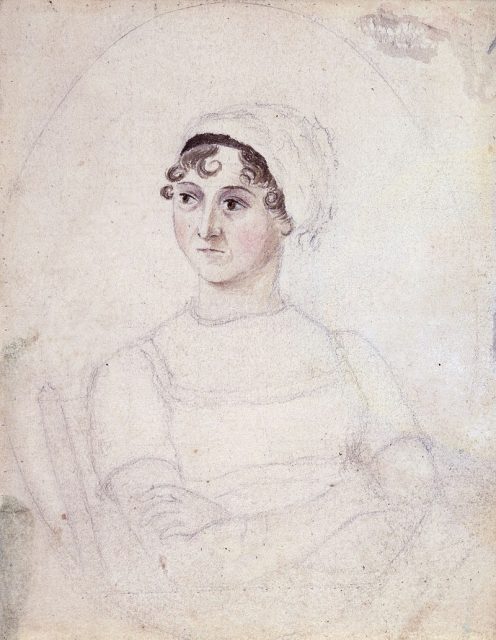The rules seem pretty simple today. A married woman is Mrs, an unmarried woman is Miss. If one thinks either of those are patronizing or risk offending someone, they can go with Ms.
According to an article in the New Statesman written by Cambridge University historian Dr. Amy Erickson ahead of her 2014 research paper, both Mrs and Miss come from “mistress” — which is a word with a complicated history.
“The ways that words derived from Mistress have developed their own meanings is quite fascinating,” said Dr. Erickson, “and shifts in these meanings can tell us a lot about the changing status of women in society, at home and in the workplace.”

Initially whether or not a woman was married had nothing to do with how they were addressed. In his Dictionary of the English Language of 1755, the English writer Samuel Johnson defined mistress as: “1. A woman who governs; correlative to subject or servant; 2. A woman skilled in anything; 3. A woman teacher; 4. A woman beloved and courted; 5. A term of contemptuous address; 6. A w—- or concubine.”
Johnson himself referred to women both as Miss and Mrs, regardless of their marital status.
What set them apart originally was age. Dr Erickson has revealed that prior to Johnson’s writing in mid-18th century Miss was used to refer to young girls… and if it was used on an adult woman, it was to imply she was a prostitute.

By the time of Samuel Johnson, both Miss and Mrs had come to be used by adult women without stigma, but they were exclusively used by the upper classes.
“Until the 19th century, most women did not have any prefix before their name,” said Dr Erickson. “Mrs and, later, Miss were both restricted to those of higher social standing. Women on the bottom rungs of the social scale were addressed simply by their names. Thus, in a large household the housekeeper might be Mrs Green, while the scullery maid was simply Molly, and the woman who came in to do the laundry was Tom Black’s wife or Betty Black.”

Dr Erickson’s theory is that in the 1700s, Mrs was used in the exact same way as Mr: to identify someone who ran their own business, or was in charge of others. She said:“Mrs was the exact equivalent of Mr. Either term described a person who governed servants or apprentices, in Johnson’s terms — we might say a person with capital. Once we adopt Johnson’s understanding of the term (which was how it was used in the 18th century), it becomes clear that ‘Mrs’ was more likely to indicate a businesswoman than a married woman. So the women who took membership of the London Companies in the 18th century, all of whom were single and many of whom were involved in luxury trades, were invariably known as ‘Mrs,’ as the men were ‘Mr.’ Literally, they were masters and mistresses of their trades.”
So looking at records from the 18th century, it’s impossible to tell whether or not someone was single based on whether they were referred to as Miss or Mrs — the real dividing line wasn’t marriage, but social standing. It’s typically British when you think about it.

Miss came to be used by young women of leisure, to set them apart from women with responsibility, and then the fashion for them to identify as such was spurred on by romantic novels of the 18th century. Where the confusion between unmarried Miss and married Mrs comes from, is this trend for wealthy young women seeking husbands to identify themselves as Miss — it seems men then, as well as now, were intimidated by a woman’s independence and ambition.
19th century novelist Jane Austen made much of this distinction and her letters to friends about social encounters offer a snapshot into the sort of women who were Miss: young, trivial and dependent.
In 1800 Austen wrote: “The General has got the gout, and Mrs. Maitland the jaundice. Miss Debary, Susan, and Sally, all in black, but without any stature, made their appearance, and I was as civil to them as their bad breath would allow me.”
Dr Erickson adds that in the early 19th century, England was the only country in Europe where a woman took her husband’s name upon marriage. The tradition of referring to a wife by her husband’s full name, for example Mrs John Dashwood in Austen’s 1811 novel Sense & Sensibility, was to distinguish between multiple Mrs of the same surname within a family.
Only around 1900 did Miss and Mrs come to take on the meaning we understand today, and it wasn’t long before that fell foul of changing attitudes. Rather than being a recent invention produced by modern notions of political correctness, Ms was proposed as a neutral alternative to Miss and Mrs as early as 1901.
Read another story from us: These Popular Items of Clothing were Named After People and Places
“‘Those who objected to ‘Miss’ and ‘Mrs’ argue that they define a woman by which man she belongs to,” explained Dr Erickson. “If a woman is ‘Miss,’ it is her father; if she is addressed as ‘Mrs,’ she belongs to her husband,” says Erickson. “It’s curious that the use of Ms is often criticized today as not ‘standing for’ anything. In fact, it has an impeccable historical pedigree since it was one of several abbreviations for Mistress in the 17th and 18th centuries, and effectively represents a return to the state which prevailed for some 300 years with the use of Mrs for adult women — only now it applies to everyone and not just the social elite.”
